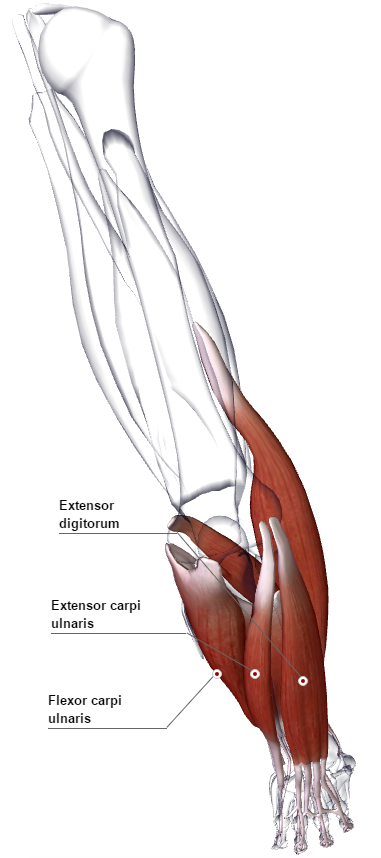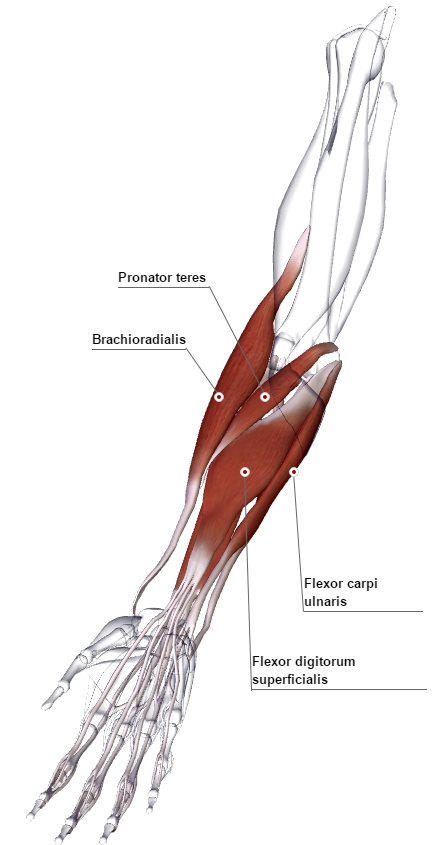We first investigate the effect of two primary myoelectric activity decomposition techniques on classification performances to discriminate 13 grasp types
and a resting state: NMF and PCA. Only six bipolar channels are used in this study for classification and quite satisfactory accuracies are presented for the 14-class
classification problem. Moreover, instead of focusing on individual finger movements, we aim to classify grasp types which can be more applicable in real world scenarios.
Secondly, we provide an analysis about the behavior of these methods under missing channel/muscle scenarios. We demonstrate that muscle synergies extracted by NMF are better
for representing the activation of different muscles even with less channels. Additionally, the results of this study claims that NMF provide better results for understanding
the intention of patients with amputation because they are unable to provide EMG from most of the beneficial muscles



